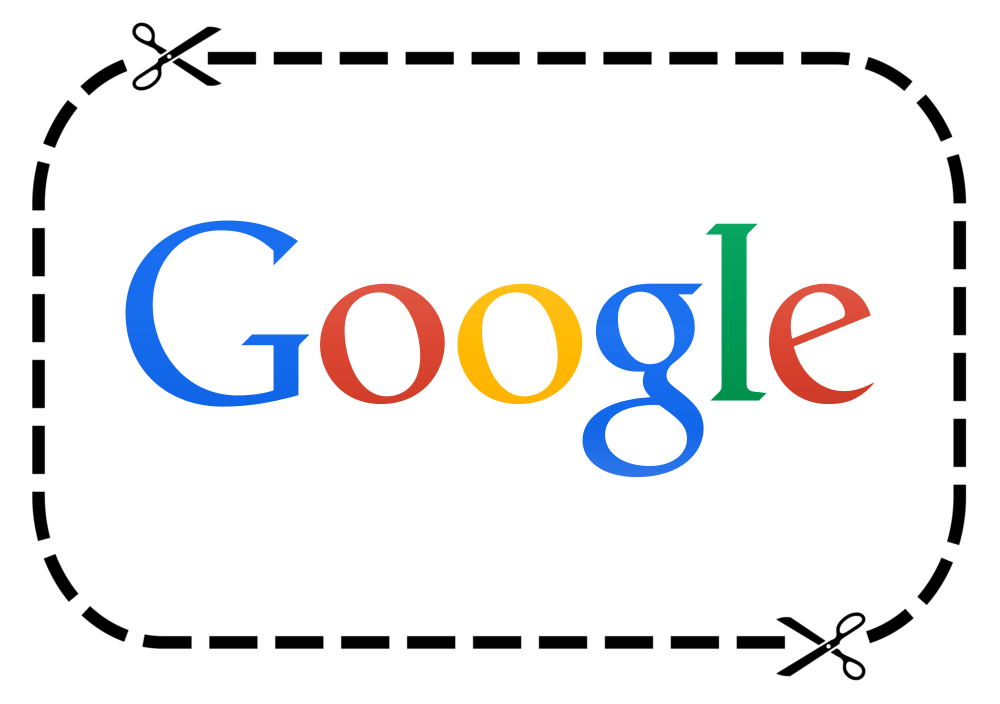Google is constantly changing how SERPs look, and brands need to keep up to make sure their SEO strategies don’t keep them from missing clicks and traffic. The latest development is the release of structured snippets. They’ve been rumored throughout the year, and now Google has announced that the latest change to SERPs’ appearance is the rollout of structured snippets.
In a nutshell, structured snippets are small informational entries beneath search results that offer different categories of information, depending on the search in question. Specific products, for example, will include dimensions, product specs and pertinent data. Historical entries might include dates and biographical details, while some of the more abstract or opinion-driven results won’t show any extra text at all.
Giving customers another way to click
Ever since Google reduced or nixed features like video snippets and Authorship images, webmasters have had to shuffle priorities and figure out how to keep from losing clicks. Structured snippets are a new way to draw user attention. Specifically, they can be used to highlight information a searcher was looking for in their query. For example, requests like “What is the voltage requirement for an HP756600 printer?” or “What dimensions do Staples office desks come in?” are presumably going to bring up entries including the information in structured snippets.
But how to get the snippets in the first place?
There are a few ways to get content to populate these fields:
• Tables and charts: The Google Research team draws a lot of its information from tables, charts and graphs that have been formatted with the right HTML. Good design – down to the level of code – doesn’t just help users find information. It can also help web crawlers find the right data.
• Schema markup: As Brafton reported, 36 percent of search results draw from schema code, but only 0.3 percent of sites actually use it. Making every piece of information as clear as possible will help Google display it properly and can give users more enticements to click on specific search results.
Worried that Google is using this as a way to scrape information and steal clicks? Remember that the search engine is mostly interested in learning and displaying factual details and objectively true information. A company’s value proposition can’t be communicated in a snippet, so there will always be a need for rich content marketing that connects with readers and customers.
Want to find out more about Google’s attempts to collect information and share it with searchers?
Learn about Knowledge Vault, a vast repository of data the search engine is developing.





